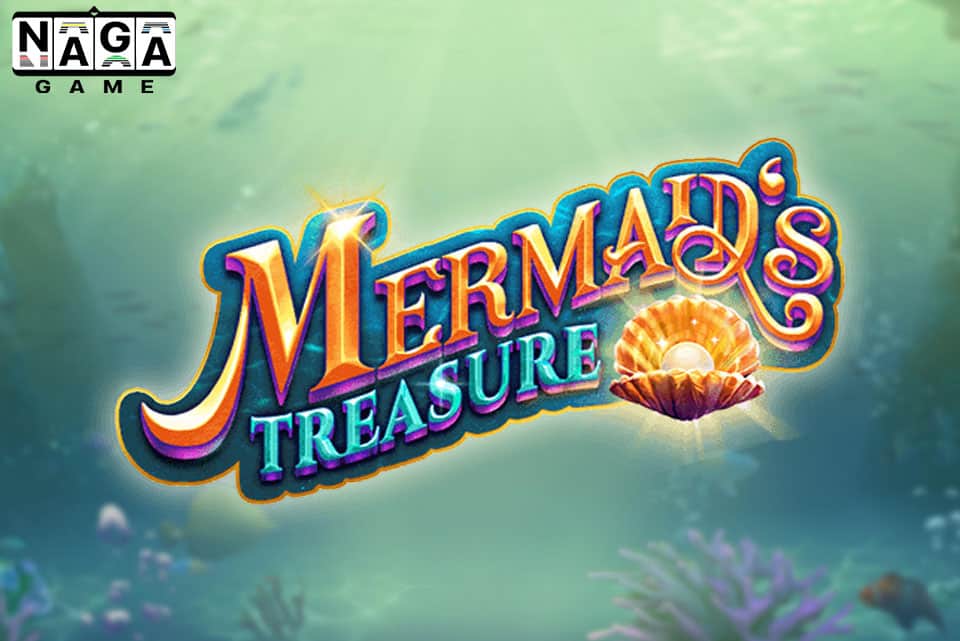The current interest in underwater archaeology and treasure hunting techniques has allowed explorers to locate significant wreck sites, leading to the discovery of precious artifacts, gold coins, and gems. The romantic notion of mermaids guarding these treasures adds a layer of fairy-tale allure that captivates both adventurers and storytellers alike bắn cá đổi thưởng.
Summary Table: Mythology & Historic Treasures Related to Mermaids
| Aspect | Description | Notable Examples |
|---|---|---|
| Mythological Significance | Mermaids symbolize allure, mystery, and guardianship | Sirens of Greek myth, Scandinavian merfolk |
| Historical Shipwrecks | Sites believed to be guarded by mythical creatures | Spanish Main, Caribbean wrecks |
| Cultural Tales | Legends of mermaids guiding or warning explorers | Coastal folklore worldwide |
Techniques and Tools for Mermaid Treasure Fishing
Engaging in Mermaid Treasure Fishing requires a combination of traditional maritime skills, modern technology, and a touch of mythology-inspired intuition. Practitioners often blend ancient lore with the latest underwater exploration methods to enhance their chances of discovering treasures while respecting marine conservation standards.
Understanding the best techniques and tools can significantly improve your success and enjoyment. This section explores practical strategies, technological innovations, and the enchanting, thematic aspects of treasure hunting inspired by mermaid legends.
Mermaid Treasure Fishing isn’t solely about the physical act of diving or excavating; it is an art form that combines patience, research, and a degree of intuitive storytelling inspired by myth. As we delve into the specific methods and tools, remember that respecting marine ecosystems and legal regulations should always be a priority.
Research and Planning for Treasure Expeditions
Before setting sail or diving into the depths, extensive research is critical. Gathering historical data, maritime charts, and local legends helps identify potential treasure sites. Many enthusiasts begin by studying old maps or shipwreck routes that are believed to contain riches.
In addition to historical records, consulting local folklore can reveal intriguing clues about mermaid legends related to specific spots. For example, stories of mermaids luring sailors toward sunken islands or guiding ships to safe harbors with hidden treasures can inform exploration plans. Combining this knowledge with geological surveys reduces risks and enhances the success rate.
Proper planning also involves understanding environmental conditions. Knowing the currents, tide schedules, sea depths, and weather predictions aids in maximizing the safety and efficiency of expeditions. Many treasure hunters participate in organized dives or collaborate with local authorities and marine archaeologists to ensure compliance with legal and environmental standards.
Substrate and Habitat Considerations
Different seabed conditions influence where treasures might be found. Sandy bottoms, rocky outcrops, or coral reefs each present unique opportunities and challenges. Treasure tends to settle in sheltered areas, shipwreck debris fields, or along underwater caves where it’s less likely to be disturbed.
By understanding the underwater landscape, treasure hunters can strategize the use of appropriate technology. For instance, areas with rocky substrates may require specialized sonar equipment to detect shipwrecks or buried chests.
Equipment for Underwater Treasure Hunting
The right gear enhances efficiency and ensures safety in Mermaid Treasure Fishing. Modern treasure hunters often utilize a range of specialized equipment, coupled with traditional diving techniques. The goal is to detect, locate, and excavate treasures with minimal environmental disturbance.
Basic Equipment
- Basic snorkeling gear or scuba diving apparatus for exploration.
- Underwater metal detectors specifically designed to operate at various depths.
- Waterproof flashlights and cameras to document findings.
- Underwater magnetic sensors for detecting ferrous metals.
Advanced Technology
- Sonar systems providing detailed seabed mapping.
- Submersibles and remotely operated vehicles (ROVs) for deep-sea exploration.
- GPS mapping and GIS (Geographic Information Systems) to triangulate and document locations.
- Innovations like 3D underwater scanners that visualize structures before physical excavation.
Legal and Ethical Considerations
It’s essential to understand maritime law and obtain necessary permits before treasure hunting. Respect for marine ecosystems and historical sites ensures that Mermaid Treasure Fishing remains sustainable and lawful. Many enthusiasts participate in organized expeditions or collaborate with licensed archaeologists, which also affords access to advanced equipment and expertise.
Personal Insights and Creative Strategies
One innovative approach in Mermaid Treasure Fishing involves storytelling as a guiding principle. Using folklore and myth as inspiration, explorers craft narratives or “quests” that make each expedition more engaging. For example, creating a story about “the mermaid’s secret” can focus attention on particular locations or artifacts, turning an excavation into a mystical adventure.


